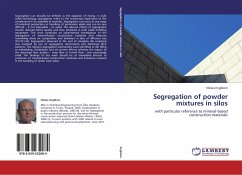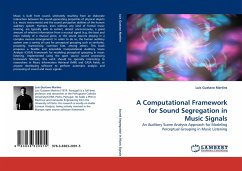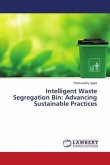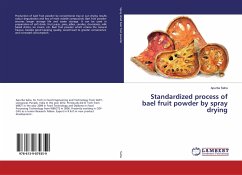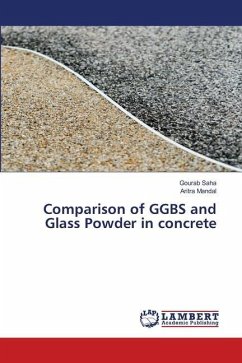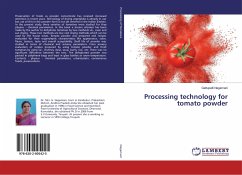Segregation can broadly be defined as the opposite of mixing. In bulk solids technology, segregation refers to the involuntary separation of the constituents in an assembly of particles. Segregation can occur at any stage of industrial production or handling of particulate solids and can be very difficult if not impossible to avoid. The adverse effects of segregation include reduced blend quality and flow problems in bulk solids handling equipment. This work comprises an experimental investigation of the segregation of mineral-based construction materials and mixtures resembling these (in composition and behavior) in silos of different size (0.5-70 m3). Segregation observed at the end of complete silo emptying was analyzed by use of segregation mechanisms and discharge flow patterns. The relevant segregation mechanisms were identified at silo filling as embedding, fluidization and air-current effects whereas the impact of the discharge flow pattern - mass flow or funnel flow - was surprisingly small. The findings of this work should be of immediate interest to producers of mineral-based construction materials and industries involved in the handling of similar bulk solids.
Bitte wählen Sie Ihr Anliegen aus.
Rechnungen
Retourenschein anfordern
Bestellstatus
Storno

